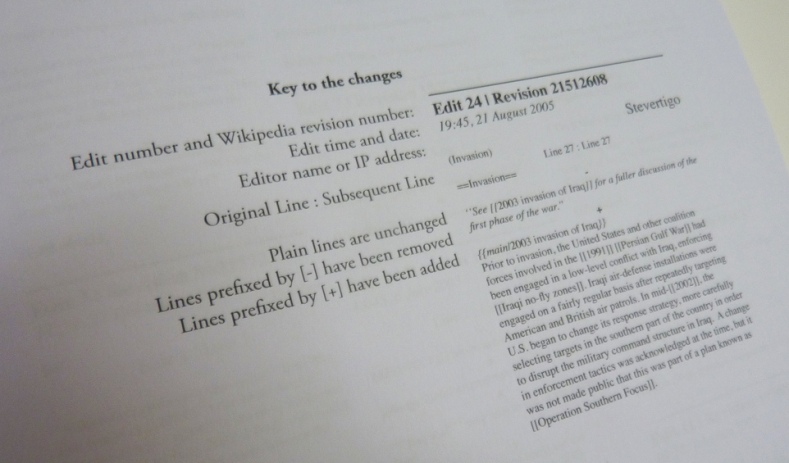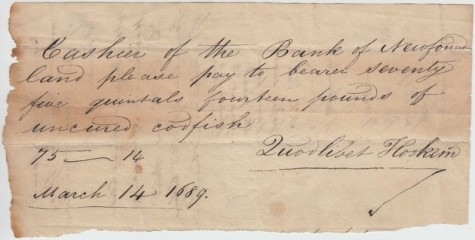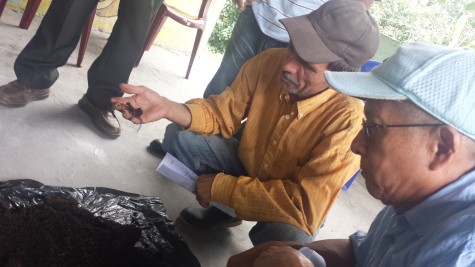 Ann: Some time ago, I got interested in why European languages so often use the same word for “story” and “history.” Every English speaker knows that having one word for two such different things — fiction and truth, respectively — is anathema. But my thinking didn’t go much farther than that, it rarely does. So I found a couple of actual, practicing PhD historians, Audra Wolfe and Alex Wellerstein (bio’s below), and asked them: what’s story, what’s history, are they the same, and if not what’s the relation between them?
Ann: Some time ago, I got interested in why European languages so often use the same word for “story” and “history.” Every English speaker knows that having one word for two such different things — fiction and truth, respectively — is anathema. But my thinking didn’t go much farther than that, it rarely does. So I found a couple of actual, practicing PhD historians, Audra Wolfe and Alex Wellerstein (bio’s below), and asked them: what’s story, what’s history, are they the same, and if not what’s the relation between them?
Audra: Of course histories are stories. History is the study of change over time, which means that it’s an inherently narrative enterprise, with a beginning, a middle, and an end. To be sure, it’s possible to write a history of a given moment in time, a more static account that tries to capture a particular Zeitgeist. But even then, the author has made certain decisions about how that moment of time is defined. Something happened beforehand, to start the era under question, and something happened at the end, to close it.
Ann: Boy, does that sound exactly how I see my own stories: I’m taking the real world and assigning beginnings, middles, and ends. It’s also why I get so worried about using the techniques of fiction in nonfiction.
Audra: But “story” doesn’t necessarily mean fiction! At least colloquially, we describe all sorts of things as “stories”: New Yorker articles, documentaries, and even prizewinning nonfiction books. Eric Schlosser’s Command and Control, for instance, about the oh-so-thin veneer of nuclear safety, is nothing if not a great story. It’s also true. Continue reading →
 Investigative journalists seem awfully glamorous – delving into mysteries and catching those liars at their game. Unfortunately, I don’t have any of the aptitudes involved, so I steer clear of it. But recently I’ve had the thrill of that hunt in miniature.
Investigative journalists seem awfully glamorous – delving into mysteries and catching those liars at their game. Unfortunately, I don’t have any of the aptitudes involved, so I steer clear of it. But recently I’ve had the thrill of that hunt in miniature.





 I often buy presents for my kids that are really for me. This time, it was a special string for doing Cat’s Cradle. (Of course, it’s funny that I even bought a string, instead of tying a piece of yarn into a loop like I once did.)
I often buy presents for my kids that are really for me. This time, it was a special string for doing Cat’s Cradle. (Of course, it’s funny that I even bought a string, instead of tying a piece of yarn into a loop like I once did.)